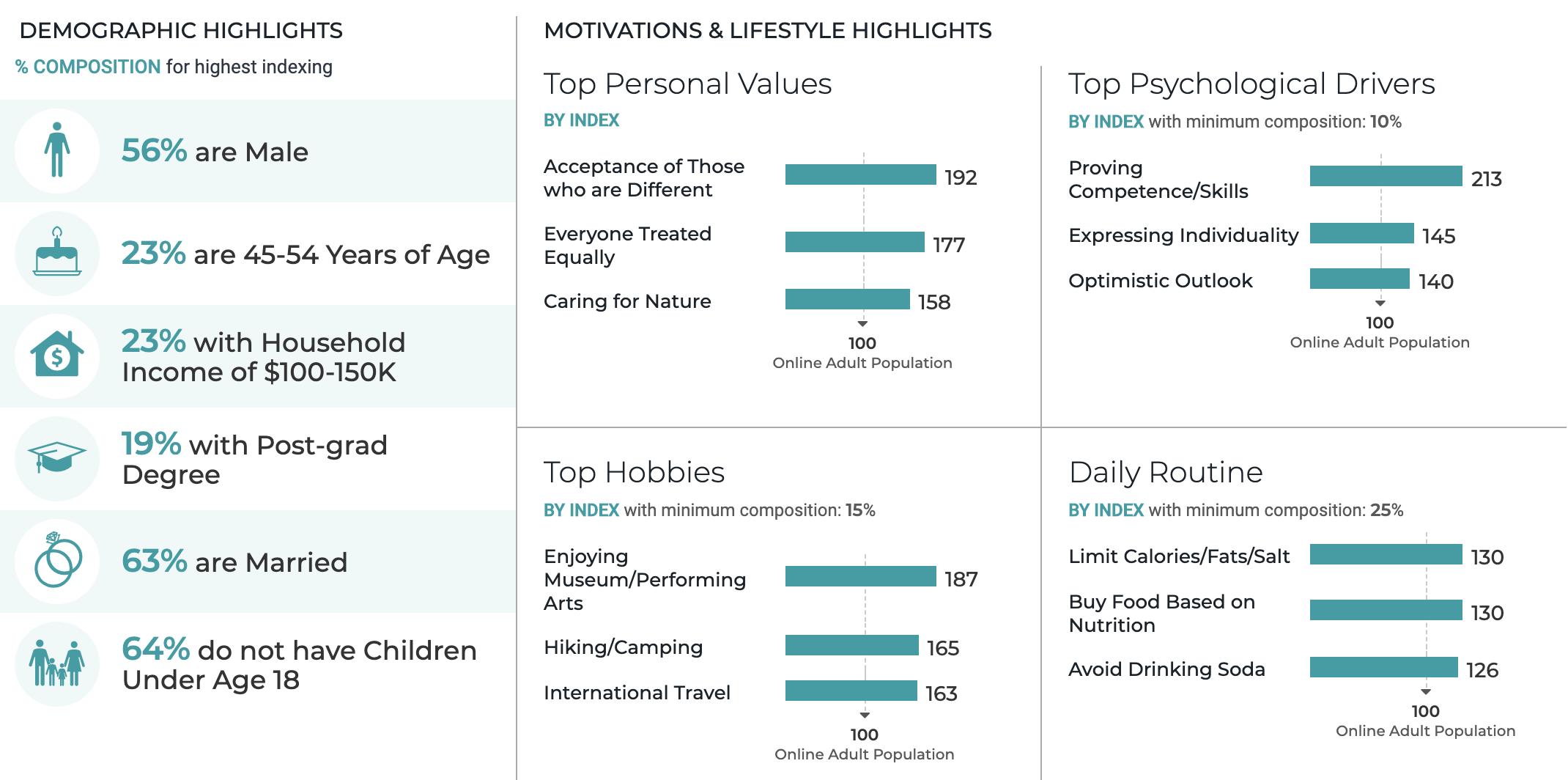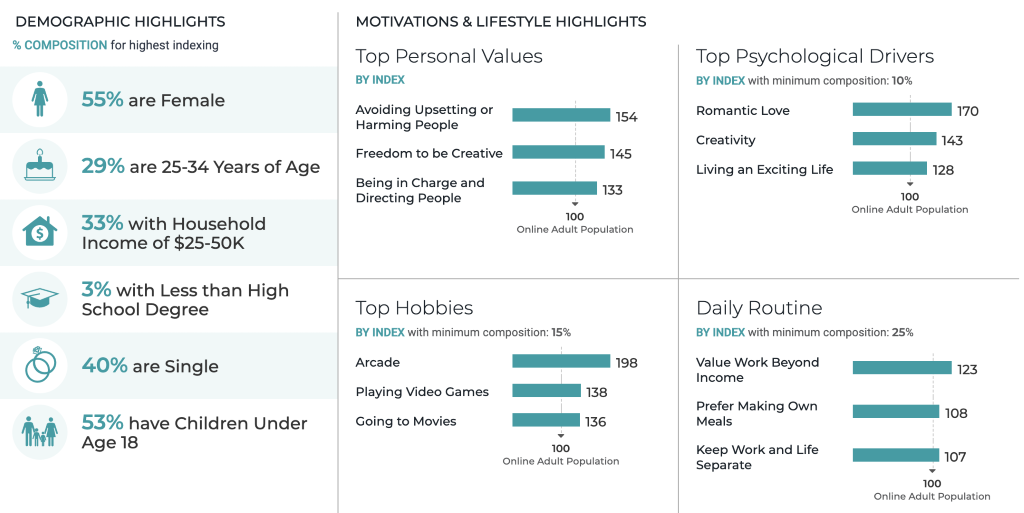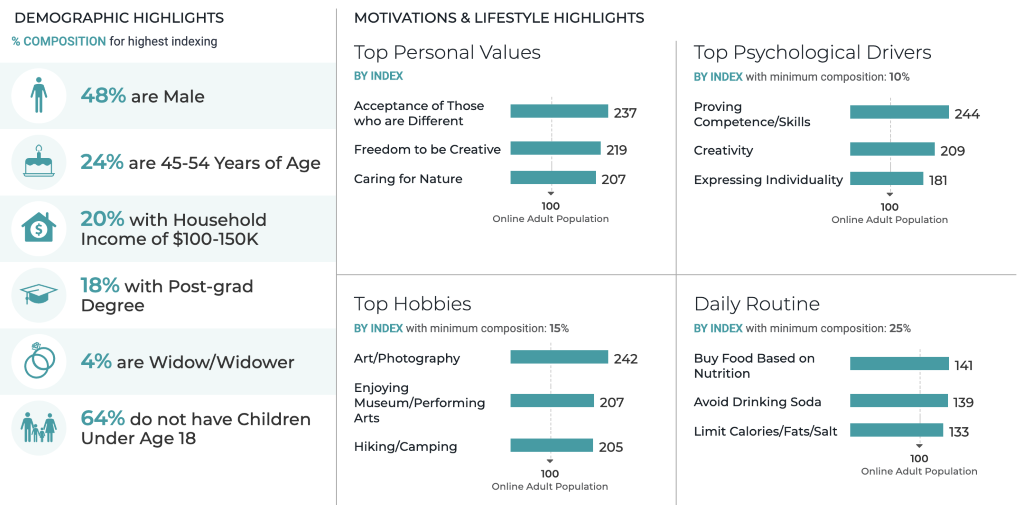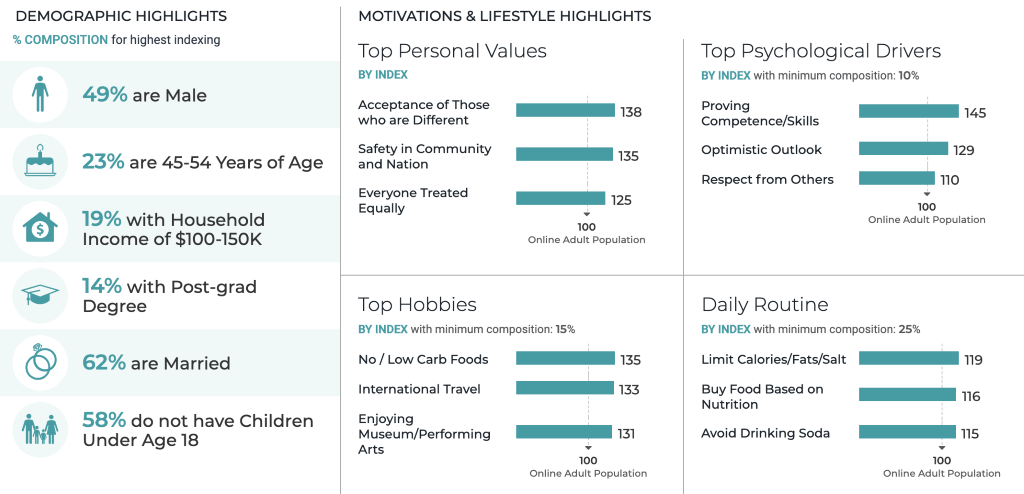Many online news outlets are seeing a spike in web traffic, but how can they convert those numbers to subscriptions?
There are two stories you can’t escape in the media right now: the COVID-19 crisis and the resulting economic uncertainty. And, for the media itself, these two stories correlate to two strikingly different scenarios.
On one hand, economic uncertainty may cause advertisers to pull back on placements both digitally and in print. However, on the other hand, an international crisis has Americans hungry for media coverage as they attempt to learn everything possible about COVID-19 and its effect on our communities, our country and the world.
So, how should media companies and online news outlets react to the two scenarios facing their organization? A focus on leveraging the increase in traffic by converting those readers into subscribers could be a strategy to balance out the loss in revenue from ad sales that may occur until advertisers and brands gain a clearer picture of the future of American consumerism and gain insights on how to talk to consumers living in a socially distanced reality.
An Opportunity to Increase New Subscriptions
As media companies and news outlets look to strategies to convert these readers into subscribers and shift to a subscription-based revenue model in the months ahead, they should first take a look at the audiences engaged with their content as compared to those who are searching for COVID-19 data online. The intersection of these two audiences is where they will find those most likely to hit, “subscribe.”
And, to convert those readers into subscribers, media companies and news outlets will need to tap into the values and motivations that bring those readers to seek out their news online.
Analyzing Audiences Who Look Online for News
To nail down the audiences where media companies should focus, we used the Resonate’s Ignite Platform and Connected Contextual Studies, which anonymously analyze 10 billion daily online events across more than 550 million U.S. based devices. We compared individuals who are searching for COVID-19 data online with several different groups related to digital news consumption.
Here are a few of the potential target groups we found, with the baseline that these groups are also searching online for COVID-19 data.
- Group #1: Those who do not have a digital subscription because they feel there is already plenty of free content.
This group is 56% male, 23% are between ages 45-54 and 23% have an annual household income of $100,000-$150,000. When it comes to their personal values, this group over indexes by 92% on accepting those who are different and 77% for ensuring all are treated equally.

- Group #2: Those who do not have a digital subscription because they are not interested
They’re 55% female, 29% are 25-34 years of age and 30% have an annual household income between $25,000 and $50,000. When it comes to personal values that drive their daily decisions, this group over indexes by 45% on the freedom to be creative and 23% on valuing work beyond income. Given that this group is admittedly not interested, they may not be a target audience.

- Group #3: Those who don’t have a digital subscription because it is too expensive.
They’re 48% male, 24% are between 45-54 years old and 20% have a household income between $100,000 and $150,000. In terms of their personal values, they over index by 137% in acceptance of those who are different and 119% in freedom to be creative.

- Group #4: Those who are engaged with newspapers online.
49% are male, 23% are 45-54 years old and 19% have a household income between $100,000 and $150,000. When it comes to their values, this group over indexes by 38% on accepting those who are different and 25% on ensuring all are treated equally.

Creating an Offer to Increase New Subscriptions
When we look at those who are consuming online news content, but do not have a subscription, we can see that there is a focus on 45-54 year old males that consistently over index for values that include accepting those who are different and treating all people equally.
Since these groups fall into categories including feeling there is already plenty of free content and believing that subscriptions are too expensive, media companies must address those pain points directly.
While it would not be wise to put COVID-19 specific behind a pay wall –– in fact, many news outlets have moved towards completely removing the pay wall on this highly sensitive content –– there could be opportunities to tease content that would appeal specifically to their interests and values. Consider offering pay wall content that discusses differing views and opinions, as well as profiles on those who are making an impact regarding equal rights and diversity in their communities.
To address the issue of digital subscriptions as “too expensive,” consider offering a sale on trial subscriptions during this period of high traffic. Give these potential subscribers access that will allow them to understand the benefit in and importance of supporting trustworthy digital journalism.
Lastly, a Data Observation to Elicit At Least a Half-Hearted Laugh Amidst the Crisis…
In an interesting contrast, the audience who doesn’t have a digital news subscription because they are “too busy” happens to over index by 19% when it comes to enjoying life’s pleasures, and those people certainly may be enjoying life more by staying away from the news these days!
Want to uncover more about how these insights could help solidify your strategy during uncertain times? Contact us today to learn how you can leverage highly relevant and dynamic AI-driven insights, which are scaled to 200 million U.S. online adults, to target the consumers that will move your business forward in 2020 and help you maneuver through this crisis successfully.
Categorized as: Blog Page, Data, Market, Agency, Brand, Media & Entertainment, Politics & Advocacy, News & Press, COVID-19 Insights


